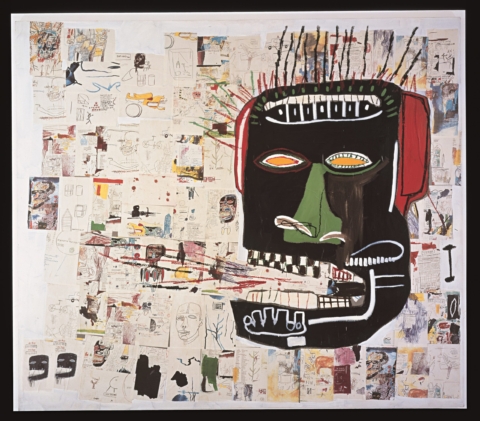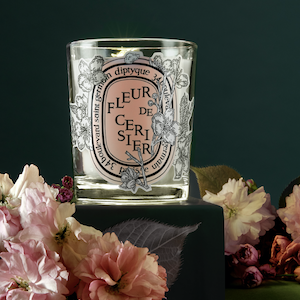Classical To Minimal Musical; An Unexpected, Rhythmic Journey
By Jo Phillips
Sitting quietly and contemplating or waving your hand in the air (like you just don’t care); are somewhat different. But did it ever occur to you that Classical and Electronic music are related? Surprisingly, both share many similarities. Classical music, and Modern classical music place a great emphasis on simplicity, tonal harmony, and single-line melodies, whereas Minimalism EDM (electric dance music) like Techno also uses similar structures. Think stripped-down, repetition, harmony, and rhythm. Find out more in Classical To Minimal Musical; An Unexpected, Rhythmic Journey
The modernist classical musical movement emerged in the 20th Century as a response to the epically grand music of the late Romantic period (1830-1910). At this time there was a feeling that almost everything possible within the structures and conventions of the era had already been achieved. A tonal system based on key centres and standard chord progressions, as well as structures like sonata form; meaning elegant and pleasant groups of notes was over.
Sir Simon Rattle conducts the London Symphony Orchestra in Stravinsky’s The Rite of Spring, recorded live at the Barbican Centre on Sunday 24 September 2017.
In the mid-1900s, musical chaos began. Towards the end of the Romantic Era, composers like Debussy (1862-1918), Schoenberg (1874-1951), Stravinsky (1882-1971), and Arnold Schoenberg (1874 – 1951) began pushing the boundaries of music.
Arnold Schoenberg’s famous tone poem Verklärte Nacht, in the revised version for string orchestra from 1943.
This new style was often written with a highly methodical, almost mathematical approach, and tended to be rather dissonant and challenging music. By the mid-20th Century, some composers even began writing pieces that questioned the very definitions of music, art, and composition.
No longer was melody at the core, dainty, ‘flowery’ tunes didn’t matter anymore. Unconventional music became what is described as post-tonal, meaning the sounds were outside of the common, ‘pretty’ tonal system. As a result, the music got more technical and stripped back. The key aim was to strive to find something new and original, the rule book was thrown out.
Jeff Mills The Bells
The echoes between Techno and Modern classical are more than just a combination of the two styles together, say when a Techno Musician plays with a full orchestra. Both influenced each other, as Minimal techno first emerged in the early 1990s. The style is attributed to American producers within Detroit’s music scene. The initial first wave of house music that found its place during the rave era was becoming too ‘flowery’ and the response was to strip back.
Robert Hood Boiler Room x Red Bull Music Academy
Robert Hood described the situation in the early 1990s as one where techno had become too ‘Ravey’ and a selection of DJs and music producer’s reaction was to create far more pared-back tunes. Key names were Richie Hawtin, Daniel Bell, Robert Hood, Jeff Mills, Derrick May, Carl Craig, Kenny Larkin, and Mike Banks.
Derrick May @ ADE party Amsterdam 2019
Meanwhile, 7o odd years earlier, on the streets of New York, a blind man played a style of minimal music from his homemade instruments. Louis Thomas Hardin (May 1916 – September 1999) professionally known as Moondog, whose music was defined by its Native American, contemporary jazz, classical, and ambient characteristics.
Perhaps one of the most defining characteristics of Moondog’s music was that it was highly contrapuntal in a very modern way. Contrapuntal music involves counterpoint, in which more than one musical line plays at the same time. The lines are independent but related harmonically.
Moondog Lament I, “Bird’s Lament”
His work quite simply went on to have a significant effect on some of the most important 20th-century modern classical musicians with minimalist styles. He greatly influenced American composers such as Philip Glass and Steve Reich.
This minimalist movement emerged in the United States in the late 1950s. Alongside Moondog, Steve Reich and Philips Glass were La Monte Young, and Terry Riley, who were all credited with being among the first to develop compositional techniques that exploited a minimal approach and exhibited restrained traits.
Using nominal amounts of musical materials, this style of music takes repeated interweaving fragments of melody to create hypnotic tapestries of sound, which tend to lack the peaks and troughs, the sense of tension and release, found in lots of other music. So in many ways like the construction of Techno.
“What you hear depends on how you focus your ear. We’re not talking about inventing a new language, but rather inventing new perceptions of existing languages.”
Philip Glass
Philip Glass Metamorphosis
Think of the two musical styles as this. They are less like individual genres of sounds but more like umbrellas, connected and encompassing. The advent of computers has allowed this to expand on both ends of the musical scale. And in many ways, the lines separating all genres have become more blurred as composers took on various influences.
Whilst some composers continued in the tradition of modernism that had dominated much of the 20th Century, others went in different directions, using electronic instruments and incorporating other technological developments, or historical musical styles. Lines separating genres became blurred as composers took on various influences from outside of the classical music world. And still, the worlds collide.
Valgeir Sigursson’s album ‘Dissonance’ combines traditional orchestral elements and electronic sound effects.
Now more than ever the ability to segment music into clear categories has simply melted away. The number of contemporary pop, rock, electronic, and alternate music groups and composers who have used classical music, or ethically based native styles as the basis of their compositions, numbers in the thousands; the bridges meld.
Many of these musicians are still creating live events. For example, Jeff Mills, Jean-Phi Dary, and Prabhu Edouard have a one-off event, Tomorrow Comes The Harvest, on Friday 8 September at Barbican Hall will be an evening of improvisation, sound, and rhythm.

Photo Pinelopi Gerasimou
Initially conceived by Allen and Mills to capture the collective efforts of cross-genre musicians and their vision as to what makes music so special. Each belonging to a long tradition of using music to reach higher levels of consciousness, Tony Allen, Jeff Mills, and veteran keyboardist Jean-Phi Dary toured the performance approach together until Allen’s untimely death in 2020.
The concept was cemented and primed for continuation and Mills has since reconfigured the trio to include tabla virtuoso Prabhu Edouard. Together, the trio will explore the unknown with intersecting sounds and rhythm across a series of improvisational movements.
The influence formed across multiple disciplines, cross-genre musicians, informing each other, meld into refreshing new musical forms, but the ancient will always inflect the future. The core roots of Techo do however owe more than just a nod to Modern Classical music; the mixing desk of EDM has some unexpected interwoven historical roots.
For more information on Tomorrow Comes The Harvest please visit Barbican.org.uk here
If you enjoyed reading Classical To Minimal Musical an Unexpected Rhythmic Journey why not read The Cover Story here
.Cent Magazine London, Be Inspired; Get Involved





